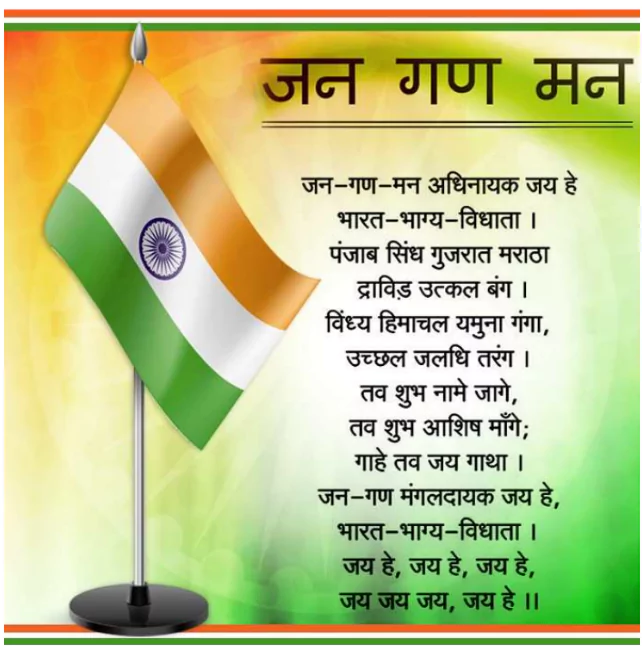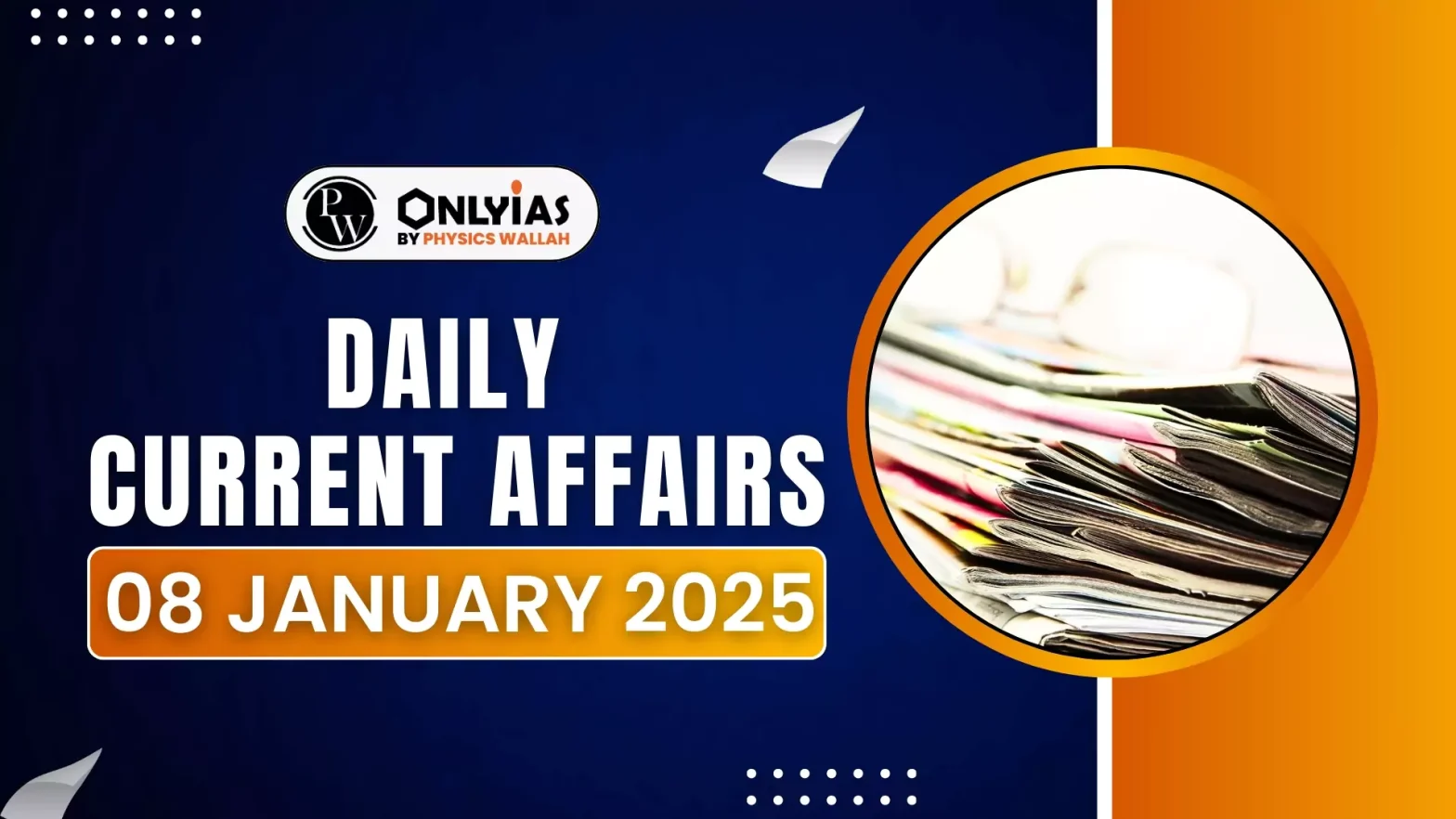Recently, the Tamil Nadu Governor left the Legislative Assembly without delivering the customary address on the opening day of the first session of the year, complaining that the national anthem was not played before his scheduled address.
State Assembly Practices
- Tamil Nadu:
- The State Anthem (“Tamil Thai Vazhthu”) is played before the Governor’s address.
- The National Anthem is played at the end of the session.
- This convention has been followed since 1991.
- Nagaland: The National Anthem was not played in the Assembly until 2021.
- Tripura: The National Anthem was played for the first time in 2018.
Enroll now for UPSC Online Course
Practice in Parliament
- The National Anthem is played when the President reaches the dais.
- Presiding Officers, members, and visitors stand during the anthem and resume their seats as the President sits.
- After the address, the President rises, and the National Anthem is played again.
Key Supreme Court Judgments
- Bijoe Emmanuel v. State of Kerala (1986):
- Jehovah’s Witness students refused to sing the anthem but stood respectfully.
- The Supreme Court ruled that expelling them violated their freedom of conscience and religion (Article 25).
- The case emphasized tolerance and respect for diverse beliefs.
- Shyam Narayan Chouksey v. Union of India (2018):
- Interim Order (2016): Directed cinema halls to play the National Anthem before films, requiring audiences to stand.
- Modified Order (2018): Made playing the anthem optional in cinema halls.
|
Key Issues
- Mandatory vs. Customary:
- Playing the National Anthem is not mandatory in all functions, as clarified by court rulings.
- It is largely a customary practice followed at formal and ceremonial events.
- Respect and Tolerance:
- The Supreme Court has consistently upheld the right to religious freedom and freedom of conscience, emphasizing the need for tolerance and respect for diverse practices.
- Implementation Challenges:
- Variability in state-level practices.
- Weak enforcement of existing guidelines, leading to controversies.
About National Anthem

- The National Anthem of India is “Jana Gana Mana”, written by Rabindranath Tagore in Bengali.
- It was adopted as the National Anthem in its Hindi version on 24th January 1950 by the Constituent Assembly.
- Playing Time: 52-second playing time for full text, while the short version includes the first and last lines with a 20-second duration.
- Historical Context of the National Anthem
- First sung on 27th December 1911 at the Indian National Congress session in Kolkata.
- Inspired by the melody of Raag Alhiya Bilawal.
- Rabindranath Tagore provided an English interpretation titled “The Morning Song of India” in 1919.
- Subhash Chandra Bose played a role in popularizing the song during India’s freedom struggle.
Check Out UPSC CSE Books From PW Store
Legal Framework
- Constitutional Provision:
- Article 51(A)(a) (Fundamental Duties): Citizens are required to respect the National Anthem, National Flag, and other national symbols.
- Prevention of Insults to National Honour Act, 1971:
- Section 3: Punishment for preventing singing or showing disrespect to the National Anthem includes imprisonment up to three years, a fine, or both.
- Ministry of Home Affairs (MHA) Guidelines:
- When to Play the Full Version:
- Civil and military investitures.
- National salute to the President or Governors.
- Parades, flag hoisting, and regimental color presentations.
- Arrival and departure of the President or Governors at formal state functions.
- Before and after the President addresses the nation.
- Mass Singing:
- During flag unfurling.
- Cultural or ceremonial functions.
- Arrival or departure of the President at public functions.
- General Conduct: Audiences must stand to attention when the National Anthem is played unless it is part of a newsreel or documentary.
![]() 8 Jan 2025
8 Jan 2025


